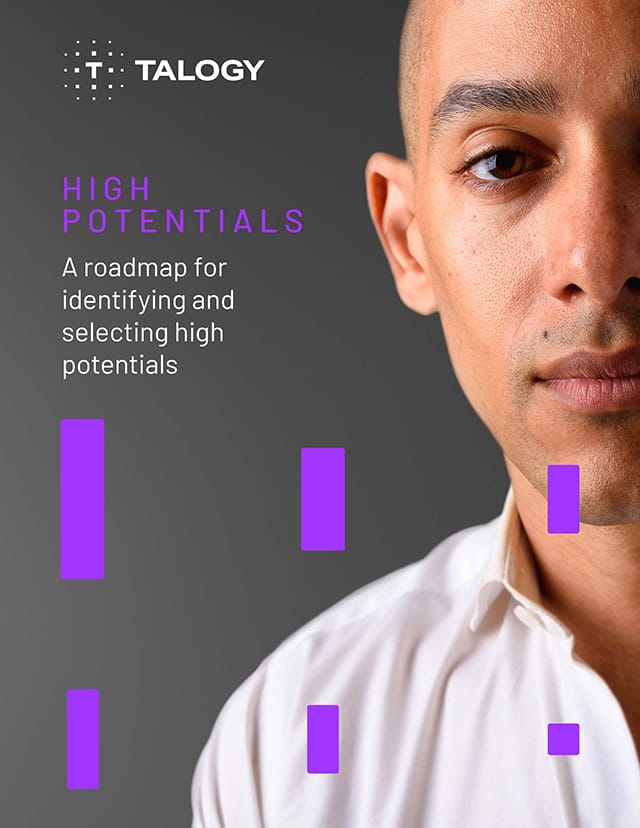Written by Jessica Petor, former Research Analyst
Previously published by PSI Talent Management or Cubiks, prior to becoming Talogy.
Key tips to help identify high potential talent
High potential (HiPo) employees are 91% more valuable to a business than non-high potential workers. Simply adding a superstar performer to a team can boost the effectiveness of other team members by 5% to 15%, but unfortunately many organisations struggle with identifying high potential talent.
How to identify high potential talent
Identifying high potential employees is one of the biggest challenges for organisations. It’s also important to remember that not all high performers are high potentials. So, what do employers need to look for?
When we’re talking about high potential talent, we are speaking of employees who have the ability and ambition to be successful leaders within an organisation. When identifying who is a high potential employee, it may seem like an obvious starting point to look at high performing employees. However, while an employee may be great in their role, they may not have the potential or even desire to take on a leadership role.
Here are six key personality traits that organisations can use to distinguish high potential employees:
- Adaptability: Individuals who are highly adaptable can adjust their behaviour and attitude to fit the needs of a given situation, particularly in a quick manner.
- Dealing with pressure: Individuals who handle pressure effectively can do so by remaining positive in hectic times and high-pressure situations. They remain productive despite the stress and ambiguity of a situation.
- Learning orientation: Individuals who demonstrate high learning orientation look for opportunities to develop skills and actively seek out challenges for self-enhancement.
- Drive for results: These individuals demonstrate determination, pushing themselves and others to meet challenging goals with a commitment to producing exceptional results.
- Strategic thinking: Individuals who possess strategic thinking focus on the future. They consider longer-term goals aligned with a vision and consider the broader context with a future-orientation.
- Self-awareness: Individuals with high self-awareness understand their own strengths and limitations and more importantly, understand how their own feelings may impact reactions and decisions.
With the right strategy and tools in place, uncovering and identifying these talented individuals will become easier for organisations to utilise their high potentials.


